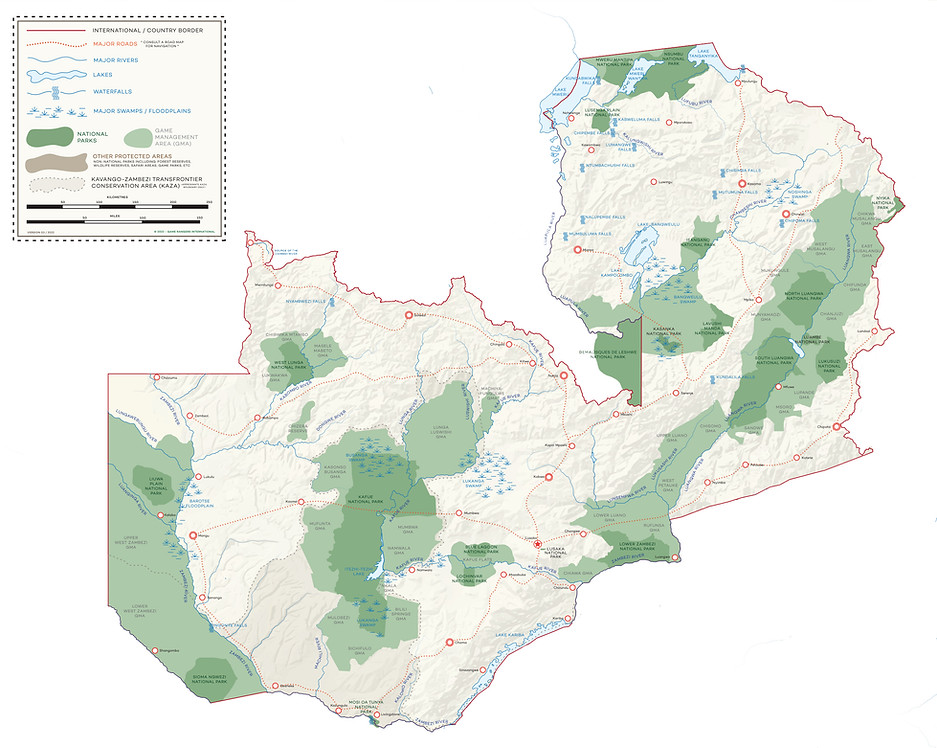 |  |  |
|---|
ABOUT US
We believe that, in order to save wildlife and wild spaces, one must first empower the men and women (the Rangers) tasked with protecting it and the local communities living contiguous to it. Therefore, our support to the frontline of conservation is delivered through two Empowerment Models:
Our Ranger Empowerment Model comprises three Key Elements, namely: -
I.Welfare
II.Training
III.Operational Support
The Ranger Empowerment Model is a fundamental part of our DNA and is designed to encapsulate every single element of support needed to professionalise a safe, efficient and effective Ranger Force – from the ‘Boots on the Ground’ to the highest levels of command. It supports and empowers Rangers from all walks of life, working in any sphere of wildlife conservation, including frontline Rangers and support Rangers.
In many cases, Rangers are from the local communities living contiguous to the protected areas we are trying to conserve, and therefore, our support to them is also benefiting the local communities within which they live.
Our Community Empowerment Model – comprises three Key Elements, namely: -
I. Engage
II. Educate
III. Empower
This Model enables local communities to become active stakeholders and beneficiaries in wildlife conservation. Support via this model is designed to motivate, inform and uplift local communities living alongside wildlife, to have the desire, knowledge and ability to conserve nature on a sustainable basis and to live in harmony with it. The Community Empowerment Model can be applied to any community that influences conservation outcomes, but is particularly relevant to those communities living contiguous to protected areas.
Where we Work
GRI focuses on the areas around national parks, in the buffer zones called Game Management Areas (GMAs) where people come into contact with wildlife. It is here, we believe, we can have the most impact and where we are seeing the largest rise in conflict between people and wildlife. Unless we support the communities that live and work in and around these protected areas, we will never win the fight to conserve nature.

30% of Zambia’s landmass is protected, GMAs account for over 70% of these protected areas. They are vitally important for conservation, they form the transit routes for migrating animals and also allow the community to access and benefit from wildlife, sadly they have been overlooked for years. GRI is at the forefront of this change, making sure these areas are supported and invested in.
Voices From the Frontline of Conservation
Discover more stories, insights, and updates on our conservation journey over on our blog
















